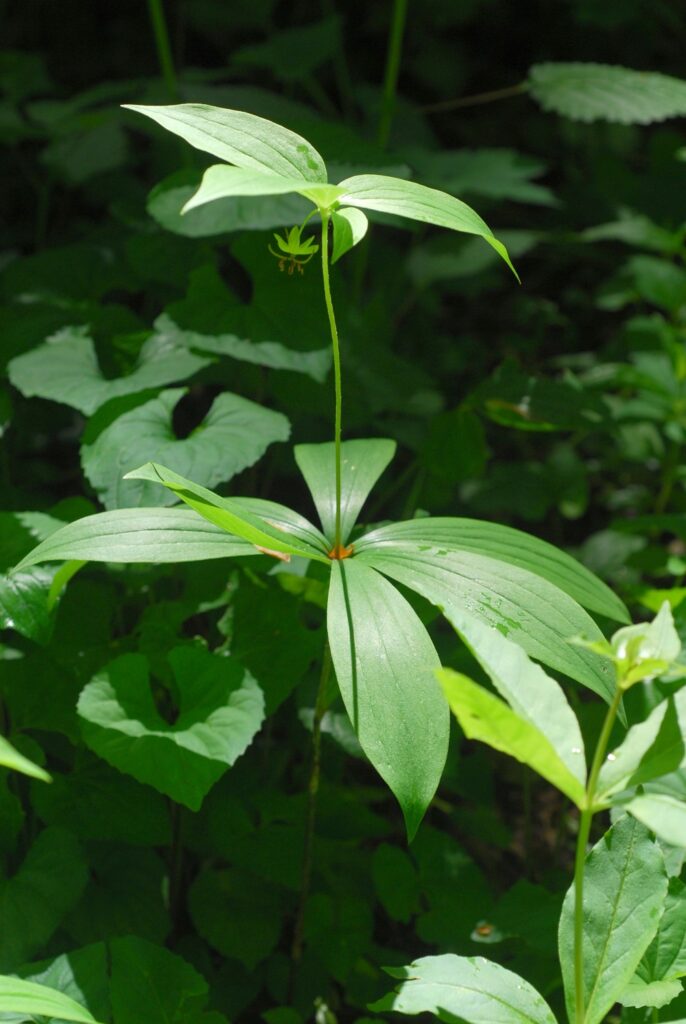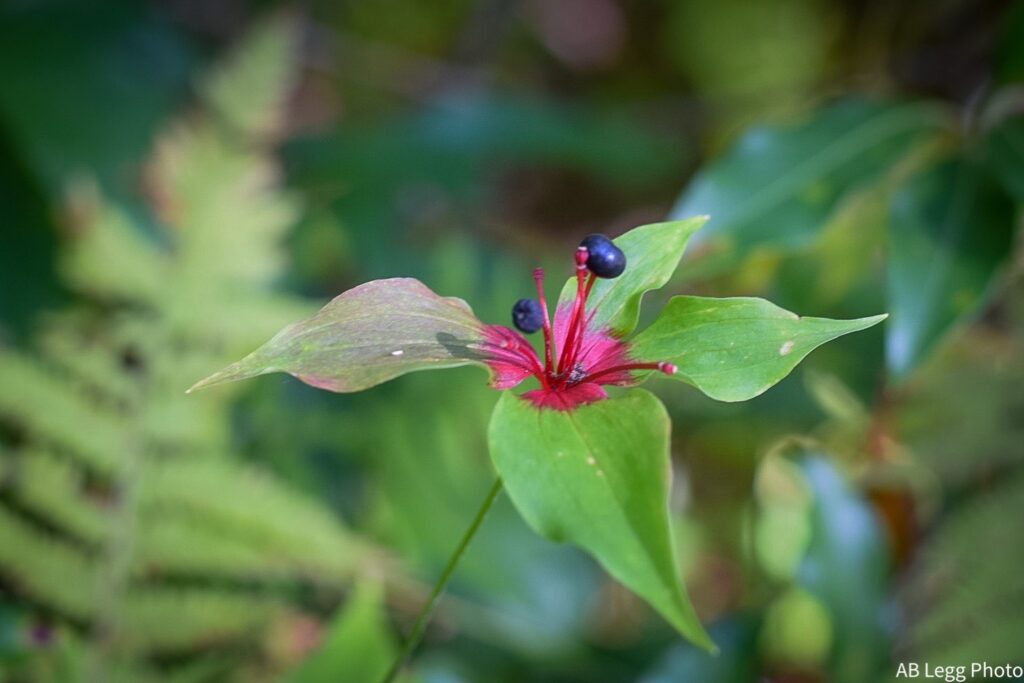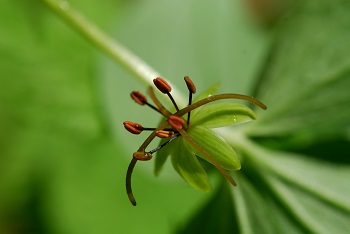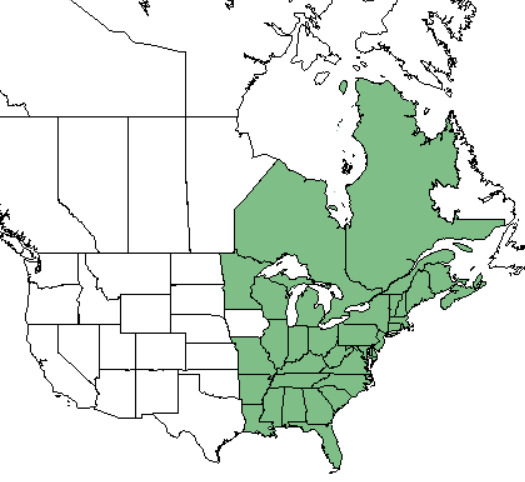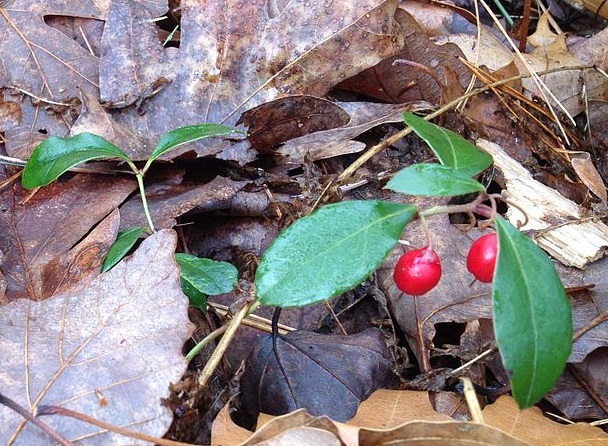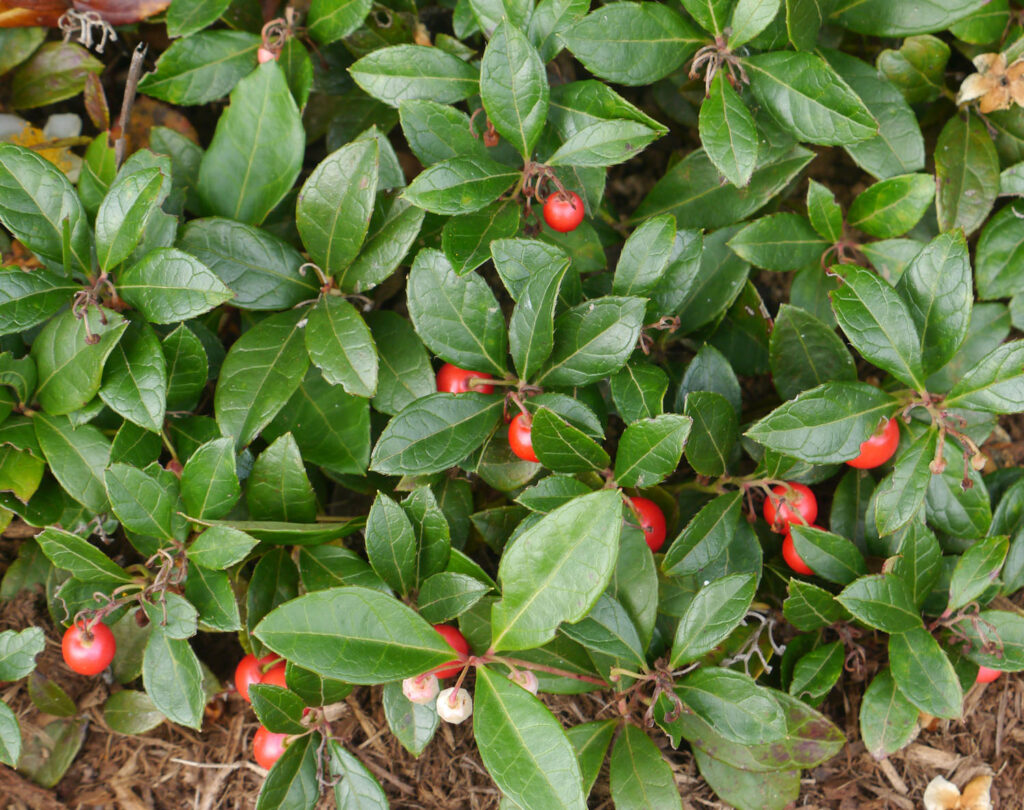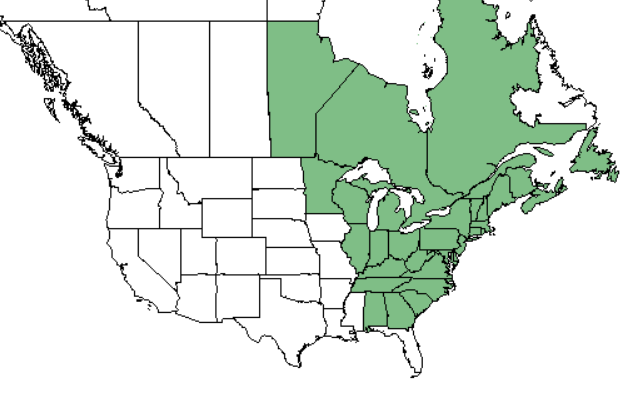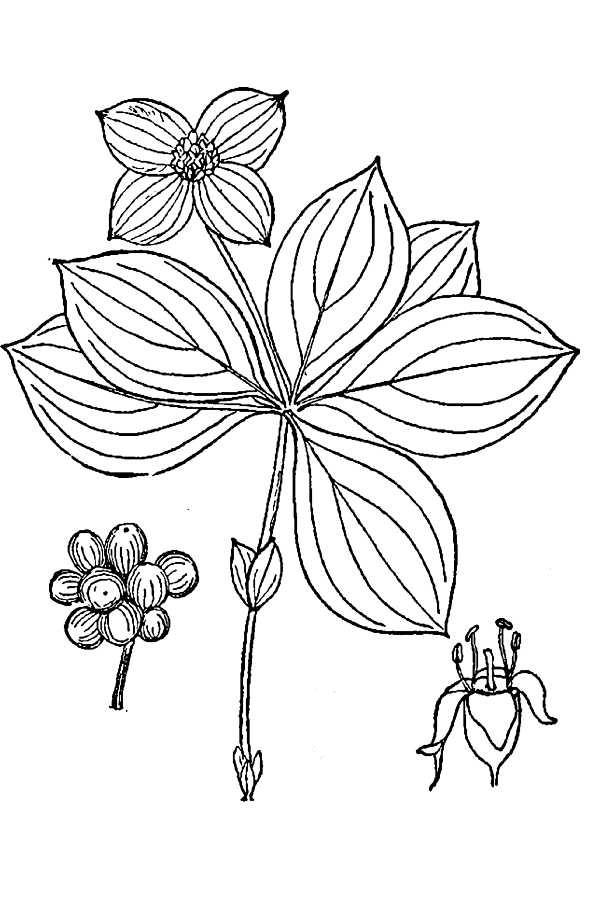Hawthorn A Wild Edible You Can Forage
Hawthorn (Crataegus), also known as hawberry, quickthorn, whitethorn, and thornapple, is a member of the rose family and is a wild-growing plant that is used for food and medicine. Hawthorn a wild edible has all parts edible and foraging for hawthorn has become increasingly popular due to its versatile uses as food and herbal medicine. A quick search of the USDA Plant Database provides information for approximately 150 different species of hawthorns that range from shrubs to small trees that can reach upwards of 30 feet. Even more interesting, I have read there are well over 200 different types of hawthorns one of which can be found somewhere in North America. If you are interested in foraging, get to know the types of hawthorns that grow in your area.
Appearance
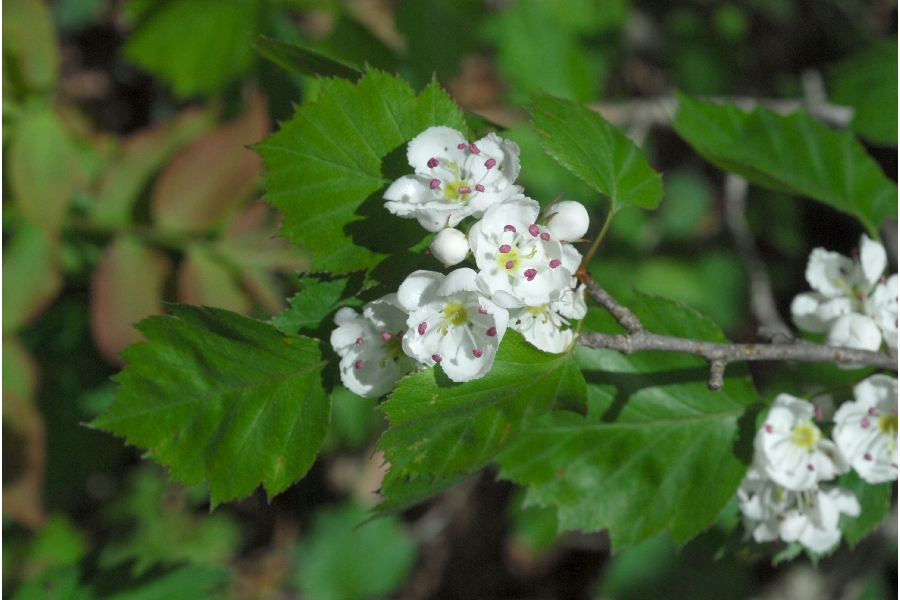
Hawthorn is a term that encompasses multiple species. In general, they are shrubs to small trees growing to around 20 ft plus. As member of the rose family, the branches are covered with thorns. The branches develop deep fissures that reveal an orange interior under the gray-brown exterior. The berries look much like rose hips – red and round – but can be yellow, orange, blue, or black.
The plant leaves are wedge-shaped and have 5-7 lobes with fine teeth at the tip on some species while could be more “leaf like” with small serrations on the edges on others.
Hawthorns bloom in May and are covered with clusters of small white to red based flowers (depending on the specific species). The flowers give off a strong scent that is described in two very different ways – some say the blooms smell sweet and pleasant while other describe the scent as that of a rotting corpse. Both sides agree that the fragrance of a hawthorn tree in bloom is a strong scent that can be smelled from a distance.
Wild Growing Location
Hawthorn is native to Europe and can be found in Asia, Africa, Australia, and North America. The shrub grows wild along the edges of wooded areas and thickets and grows best in moist soil that is loose and rich with decomposed plant matter.
Hawthorn growing in the wild often create a natural living fence along the edge of a wooded area and is often planted as a living fence in large landscapes.
Flavor and Uses
Hawthorn a wild edible, its berries have a tart flavor while the plant leaves have a light floral flavor. The berries and leaves are used in the making of tea, wine, jelly, jam, ketchup, infused oil, and vinegar.
The young leaves and flowers are gathered in the spring and used in a fresh green salad. The leaves can be harvested anytime for making tea.
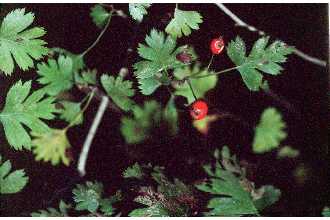
The berries ripen in early fall and will be at their peak flavor after the first frost of fall. They can be harvested before frost but will have a tarter flavor.
The leaves, flowers, and berries are used to make tea for drinking or tinctures. The tea can also be used to add flavor to foods like rice or pasta by using it as a cooking liquid.
Nutritional Value
The edible plant parts are rich in vitamins B and C, fiber, and loaded with antioxidants. Antioxidants neutralize the free radicals (unstable molecules) in the body that are precursors to many chronic diseases, including cancer, heart disease, and diabetes.
Hawthorn is also a powerful anti-inflammatory that helps reduce the amount of inflammation in the body. Chronic inflammation can lead to debilitating diseases like diabetes, cancer, and asthma.
Hawthorn extract (tincture) has been shown in studies to significantly reduce the amount of blood fat in the body. Lowering the blood fat reduces high cholesterol to help reduce the risk of heart attack and stroke.
The natural fiber content of the berries aid in digestion and help improve gut health. The berries keep food moving swiftly through the digestive process for better elimination. Hawthorn extract has been shown in studies to provide a protective coating on the lining of the stomach to help treat and/or prevent stomach ulcers.
Hawthorn extract is rich in polyphenols (micronutrients) that are beneficial for skin and hair. One study shows that hawthorn extract is good for stimulating hair growth because it increases the size and number of hair follicles.
Harvesting Hawthorn
To harvest the leaves and flowers, prune off some of the branches from the tree in spring when the shrub is in bloom. If you are on the side of describing the flowers as smelling bad, the smell will fade as the flowers dry and the dried flowers don’t taste as bad as they smell.
Place the small branches with flowers and leaves intact in a paper bag and hang the bag upside down in a warm location until they dry. The dried leaves and flowers will be easy to remove from the branches, just be careful of the thorns.
Harvest the berries by carefully picking them off the plant in late summer or fall. Place them in a single layer in a warm location to dry or use a dehydrator to dry.
Grow Your Own
Plant hawthorn seeds in late February. Mix compost and leaf mold into the soil, plant 2 seeds in a hole that is 2-inches deep, and water well. Keep the soil moist until the seeds germinate.
You can start a new plant by taking a cutting from an older plant. Take a 10-inch cutting in spring, remove leaves, dip the cut end into rooting hormone and insert 2-inches deep into a container of potting soil. Place container in a shaded area and allow the roots to develop then transplant outdoors.
Hawthorn a Wild Edible Notes of Interest
* Hawthorn has long been used as a natural way to control high blood pressure, lower high cholesterol, improve circulation, and increase blood flow to the heart. Hawthorn widens the blood vessels and increases the amount of blood that is pumped out of the heart during contractions.
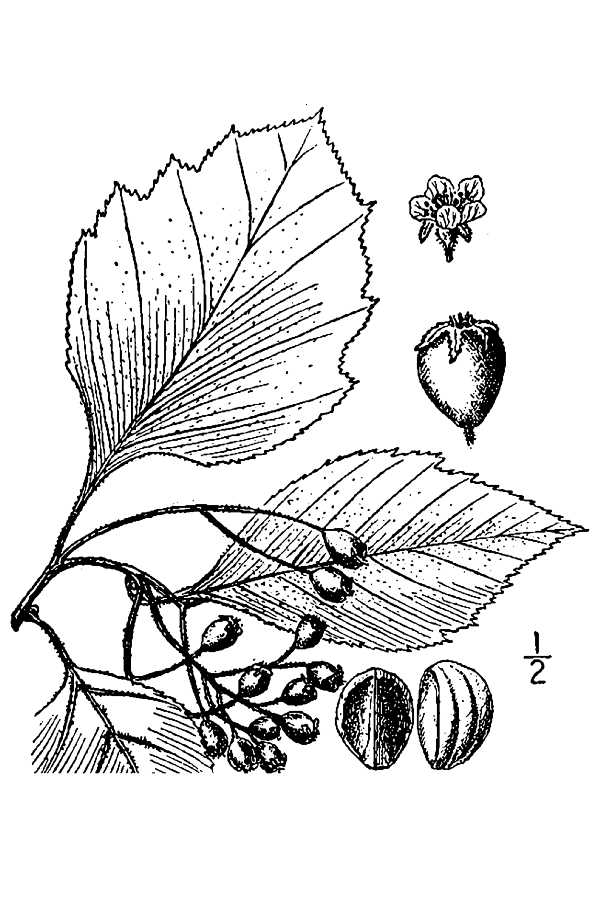
* Hawthorn supplements typically include all parts of the plant. The leaves and flowers contain more antioxidants than the berries.
* Honey bees love the hawthorn shrub when it’s in full bloom. The abundant pollen produced by the flowers helps the bees create dark, nut-flavored honey known as ‘Hawthorn honey’.
*Tinctures and salves are also made from various parts of the hawthorn plant to treat skin disorders, like boils and open sores.
